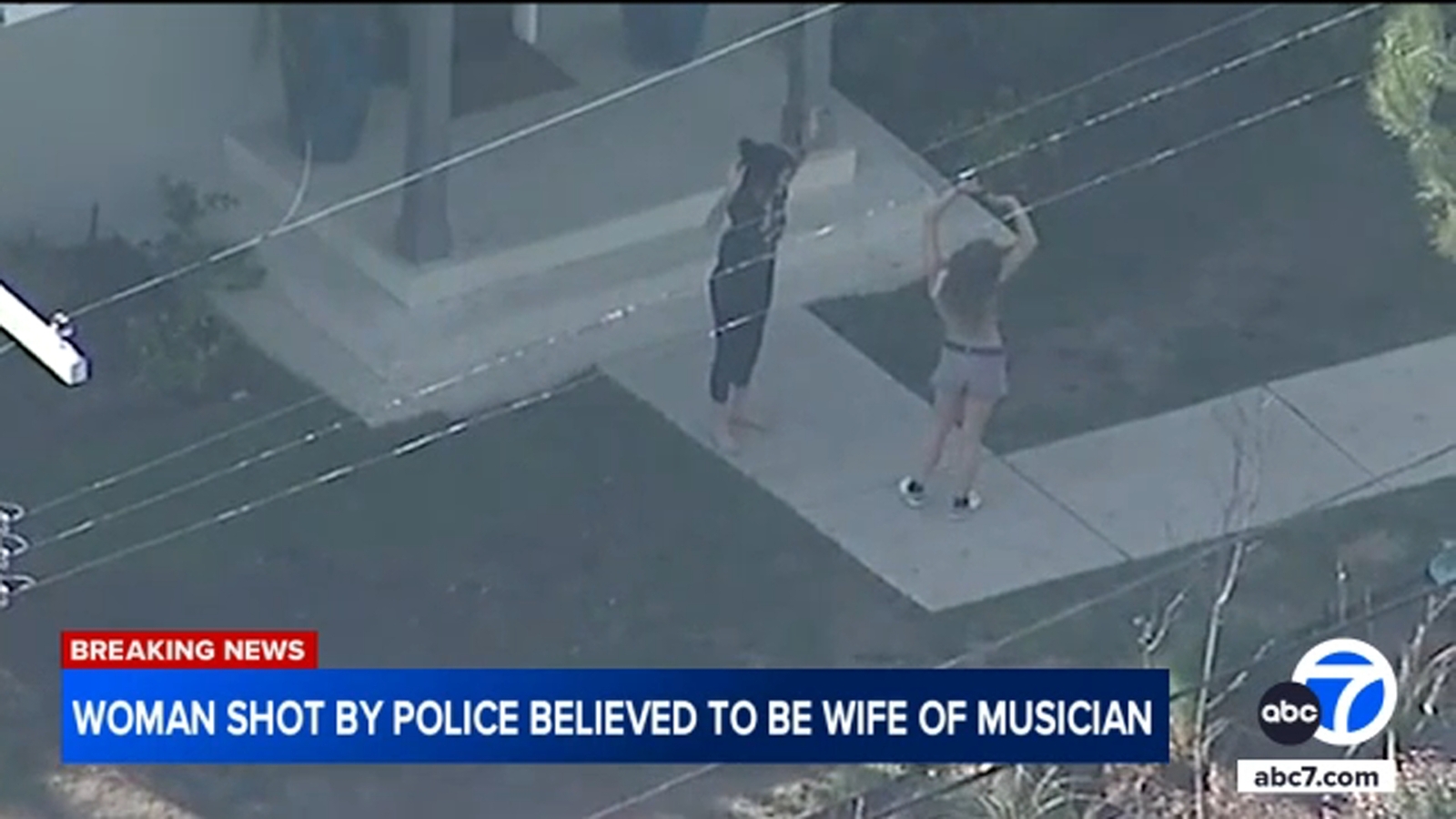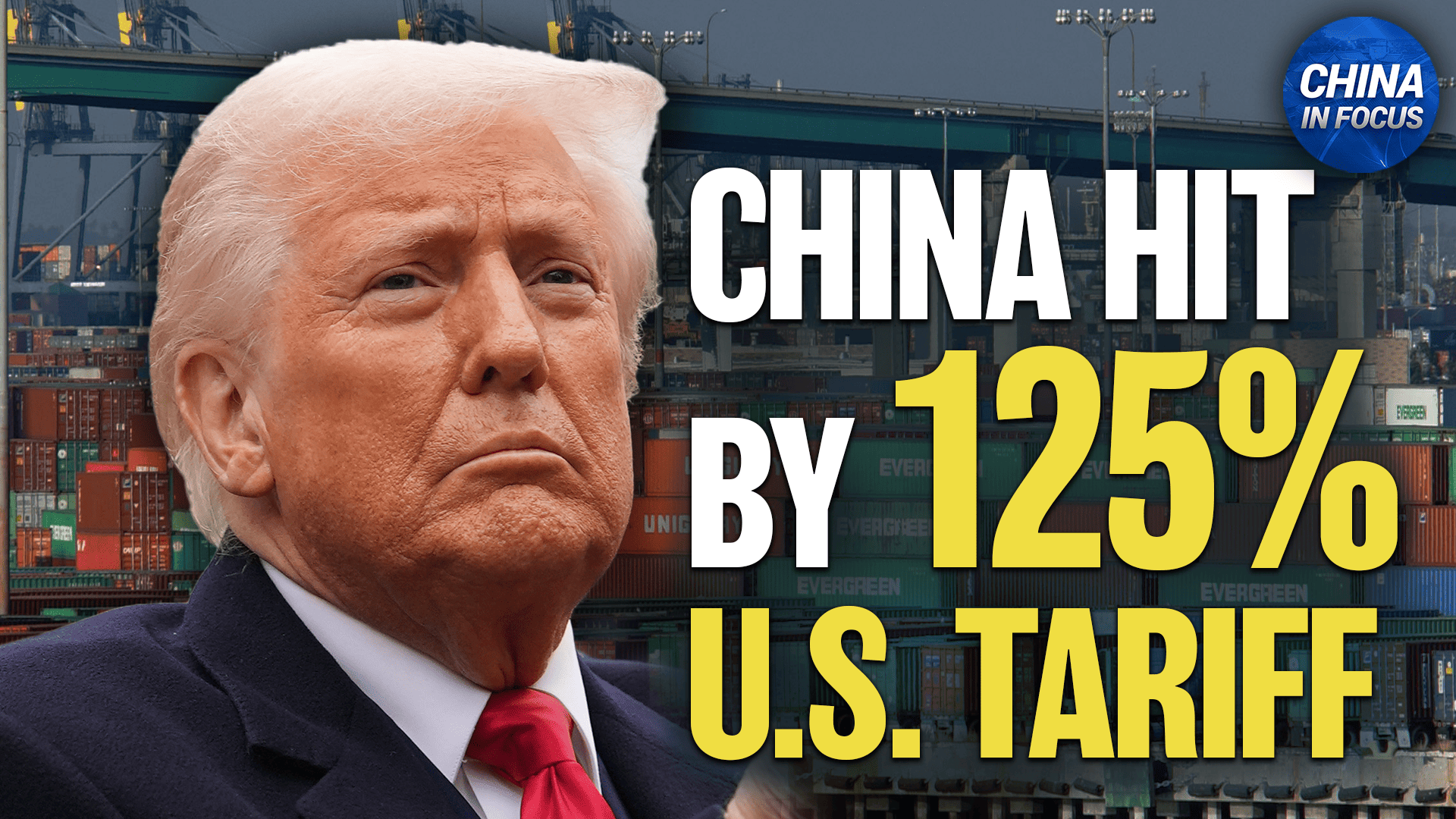A new study has revealed a harrowing reality: trillions of dollars in U.S. residential real estate are at serious risk of destruction due to a dangerous trifecta of disasters worsened by increasing global temperatures: wildfires, floods, and extreme wind.
As these extreme weather events intensify, millions of homeowners could face financial and emotional turmoil — on top of the increasing difficulty of selling properties in high-risk zones. What's happening? A Zillow study found that homes valued at a combined total of $17 trillion are at a major wind risk, $9.1 trillion are at risk of wildfire damage, and $7 trillion could suffer from severe flooding at the rate of the current disasters worsened by changing temperatures and weather patterns.

The report highlights Los Angeles as the city with the highest total value of homes at major wildfire risk — a staggering $831 billion — while New York City faces the greatest flood threat with $593 billion worth of homes at risk. Miami follows closely behind at $580 billion. Extreme wind damage poses an even greater financial burden, with properties worth $3 trillion New York City, $1.
4 trillion in Miami, and $1 trillion in Boston among some of the most vulnerable. Zillow's findings also suggest that homes in high-risk areas are less likely to sell at their original listing price — showing that buyers are increasingly factoring these dangers into their decisions. Why is this concerning? So what does this mean for the state of the country's residential real estate? For one, massive financial implications that are concerning on multiple levels.
Homeowners may struggle to secure affordable insurance, as insurers typically either pull out of high-risk areas or raise rates dramatically. Meanwhile growing disasters continue to displace communities, leaving behind not just financial losses, but also deep emotional and social scars. Beyond individual homeowners, the entire U.
S. housing market can feel the ripple effects, with home values declining in certain regions while economic inequality grows as lower-income communities bear the brunt of these threats . What can be done about it? Tackling these risks starts with stronger policies and smarter planning.
Cities can adopt stricter building codes, invest in flood barriers, and ensure insurance remains accessible for at-risk homeowners. Programs like FEMA's Flood Mitigation Assistance help fund home elevation and relocation to reduce potential losses. For homeowners, checking tools like RiskFactor.
com can provide insights into a property's fire, flood, and wind exposure. Protective upgrades — such as fire-resistant roofing, storm shutters, and elevated foundations — can help safeguard homes and lower insurance costs. Community-driven solutions also play a key role.
Local efforts like wildfire prevention, flood-resistance landscaping, and emergency preparedness plans can reduce damage and save lives. While the financial and emotional stakes are high, proactive steps today can protect homes, financial security, and entire communities from the growing threat of extreme weather. Join our free newsletter for good news and useful tips , and don't miss this cool list of easy ways to help yourself while helping the planet.
.
Environment

New analysis sounds alarm as dangerous trifecta creeps closer to US homes — and it could cost trillions in damage
















